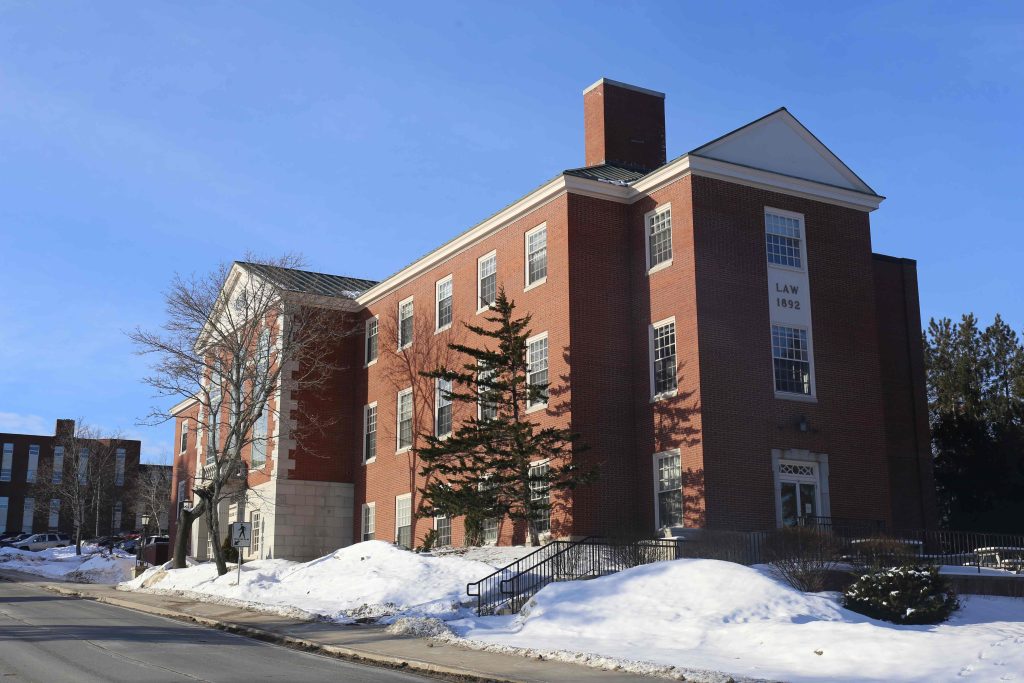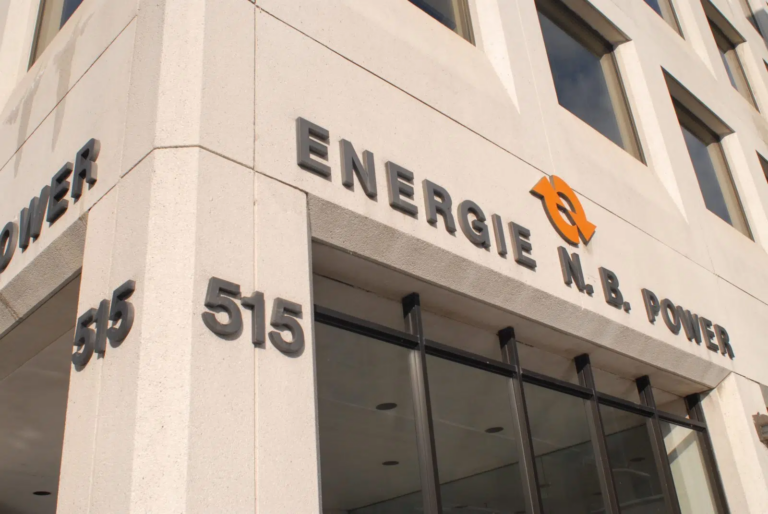Just before the March Break, on Feb. 28, UNB president Eddy Campbell and vice-president academic George MacLean attended the Student Union’s Sunday night council to present the results of the university’s tuition review.
In March 2017, a task force was struck to examine university tuition fees, the first review undertaken at UNB since 2005, and although that review resulted in no changes to tuition, MacLean said the lack of change was “troubling” because the university now operates in a different way.
The university currently operates with a flat fee model where every program is charged the same tuition fee—although some faculties are subject to internal program fees.
The mandate of the tuition review task force, as outlines in the UNBSU council minutes was threefold: “make a recommendation to the President’s Executive Team with respect to whether or not UNB should adopt differential tuition fees by program, B) make a recommendation to the President’s Executive Team with respect to the international differential undergraduate fee, and C) recommend a process for implementation of any change in the tuition framework.”
According to upper administration, the current costs of the university are outstripping its revenue, which is 90 per cent funded by tuition and the provincial government’s operating grant.
The university has recently signed a memorandum of understanding (MOU) with the provincial government that will see its operating grant increase by one per cent over the next three years and a two per cent increase in the fourth year of the MOU. However, according to MacLean, if the university is going to meet its commitment to the Board of Governors to balance the budget by 2020-2021, this isn’t enough to keep up with rising costs of running a university.
The tuition review task force put forth the recommendation that UNB adopt a model of tuition that is “differentiated by program and charged by term,” said MacLean. Of the 47 universities the task force looked at, 57 per cent charged differential fees in 2005 compared to 70 per cent in 2017.
“It’s clear that universities are moving in this direction,” said MacLean.
UNB has the third lowest tuition among local competitors according to data from the Maritime Province’s Higher Education Commission, which MacLean said caused concern due to their competitors being primarily undergraduate whereas UNB is a graduate and research-oriented comprehensive university.
As a result, “UNB often gets equated as a low-cost provider,” said MacLean.
UNB will potentially operate on a differential program fee tuition model by 2019-2020
If approved, the proposed changes to UNB’s tuition model would result in a tuition reset occurring in 2019-2020, to be applied to new students only. Current students will see a 2 per cent increase in their tuition fees in 2018-2019.
The tuition review task force recommended five different tuition rates for different programs, plus the retention of the $9,559 international student differential fee that is already in place.
Arts and Science students would pay the least at $7,096 per year; followed by forestry and environmental management at $7,434; Education, computer science and kinesiology students would pay $7,772; business/business administration, nursing, engineering and renaissance college students would pay $8,110; and law students would pay a little over $10,000 per year.
Recommendations for the tuition rates of each program are based on cost of the program, competition and demand for the program, meaning that a program that is less expensive to run might be set at a higher tuition rate because it has a greater demand, or a more expensive program might be set a lower tuition rate to remain competitive.
For instance, according to MacLean, the most expensive program to run at UNB is Nursing, and students would be charged $25,000 a year if they were charged tuition purely based on program cost. “Spoiler alert, we’re not going to suggest the nursing tuition go up to $25,000, even though it would wipe out our deficit if we did so,” MacLean said.
However, students in UNB’s engineering, law and business administration faculties currently pay an additional internal program fee to cover the extra costs of their programs, and MacLean said this fee will remain since that money is used by the faculties and doesn’t go directly to the university.
UNBSU law representative Jill Pilgrim brought up the fact that the differential fee law students currently pay directly to their program is around $4,000; combine that with the tuition reset, and law students will be paying around $14,000 per year to attend UNB.
Seeing as law students are currently the only bachelor’s degree program not covered by the province’s free tuition program—a reality that Post-Secondary Education Minister Roger Melanson said is not changing any time soon, Pilgrim along with the Law Student Society (LSS) are concerned that this would put a huge financial strain on future students of UNB’s law faculty.
Although Campbell’s original response at the UNBSU council meeting was for law students to simply “graduate on time,” Pilgrim and the LSS helped arrange a closed session at the law faculty to gather “the facts necessary” to compose a response to the tuition review results.
“From here we will do whatever necessary to best represent our students,” said Ben Lord, president of the LSS. “As it stands, law students pay hefty program fees, and any added burden will factor into an already high debt load.
Held on Thursday the closed session consisted of a presentation from MacLean on the rationale for the tuition reset followed by a question and answer period.
Correction: An earlier version of this story said the tuition figures proposed for the reset were figures for each semester, rather than the full year. The report given by the task force recommends charging tuition by term, but the numbers provided are for the full year.




